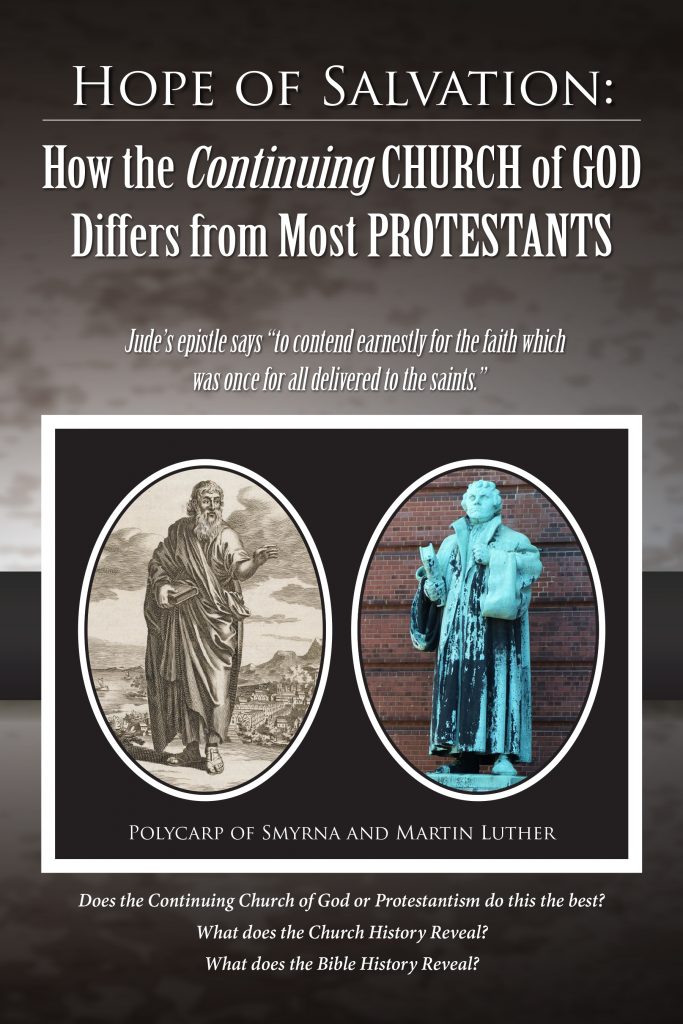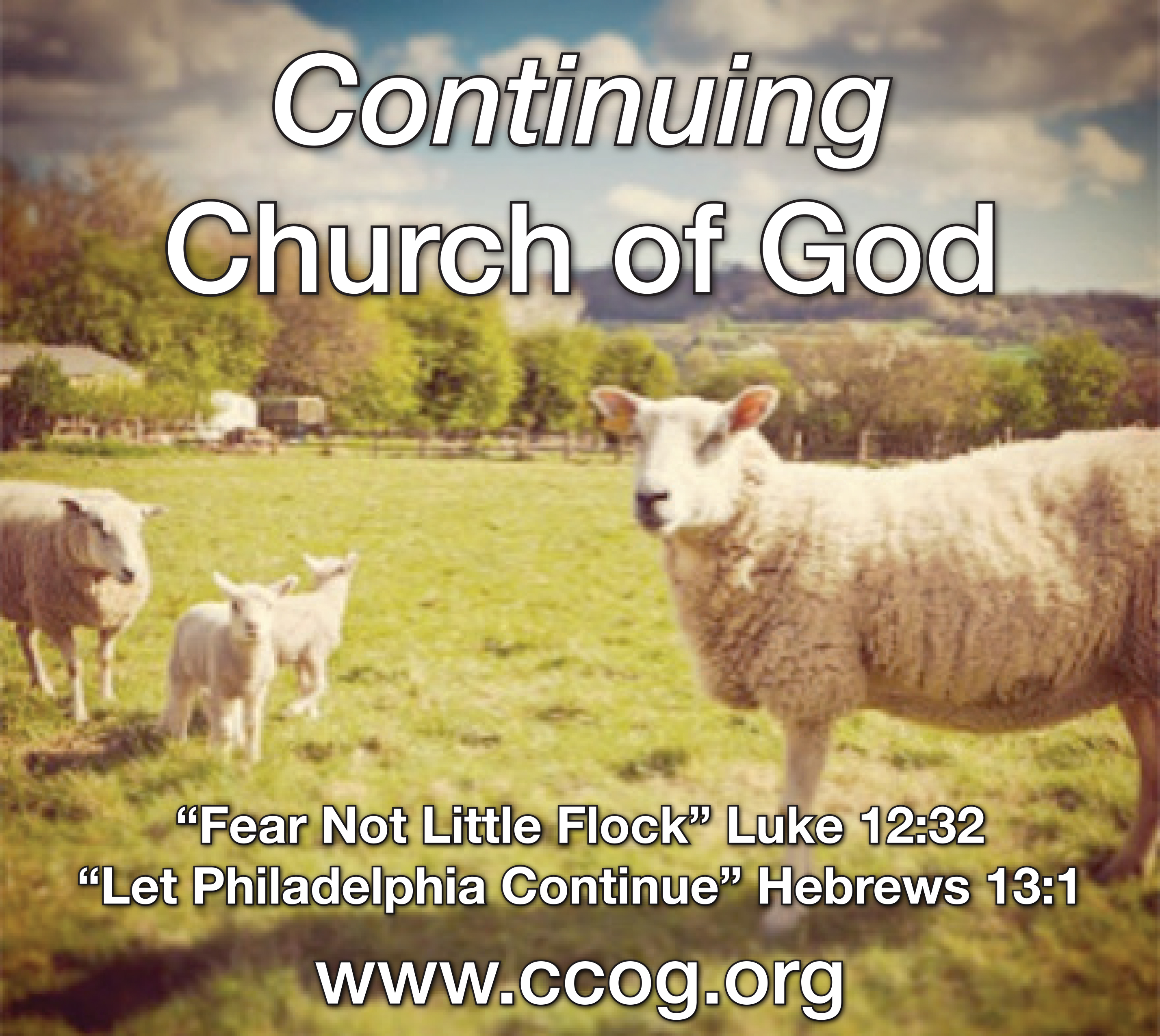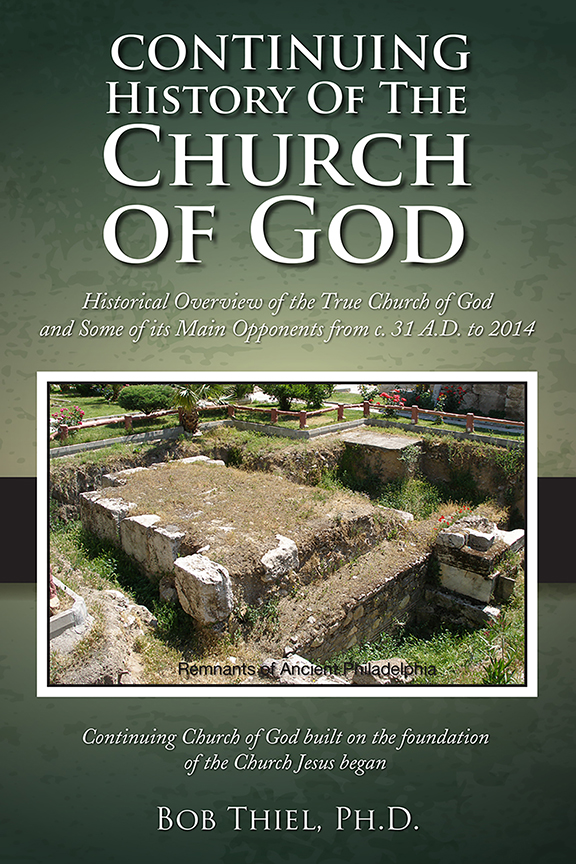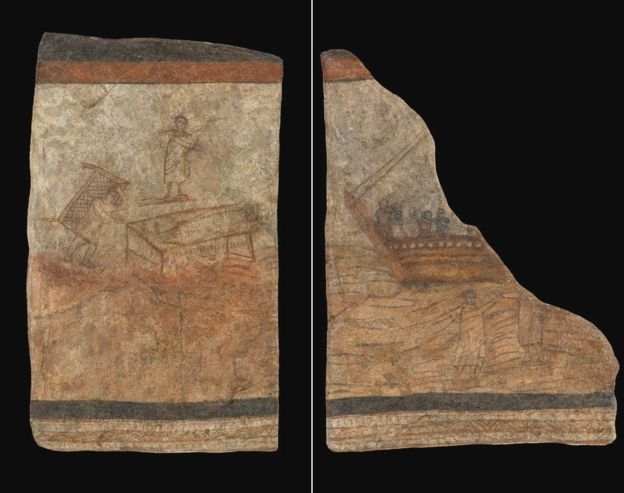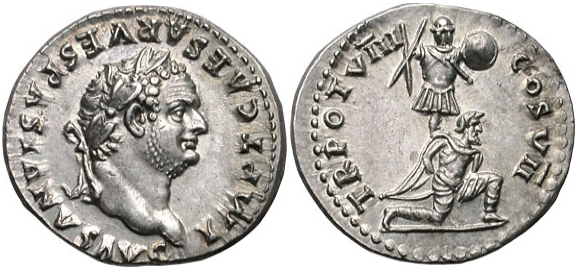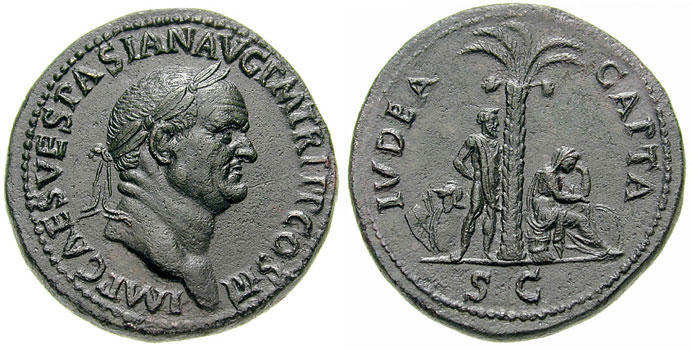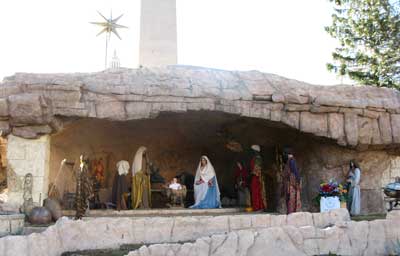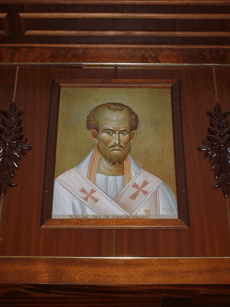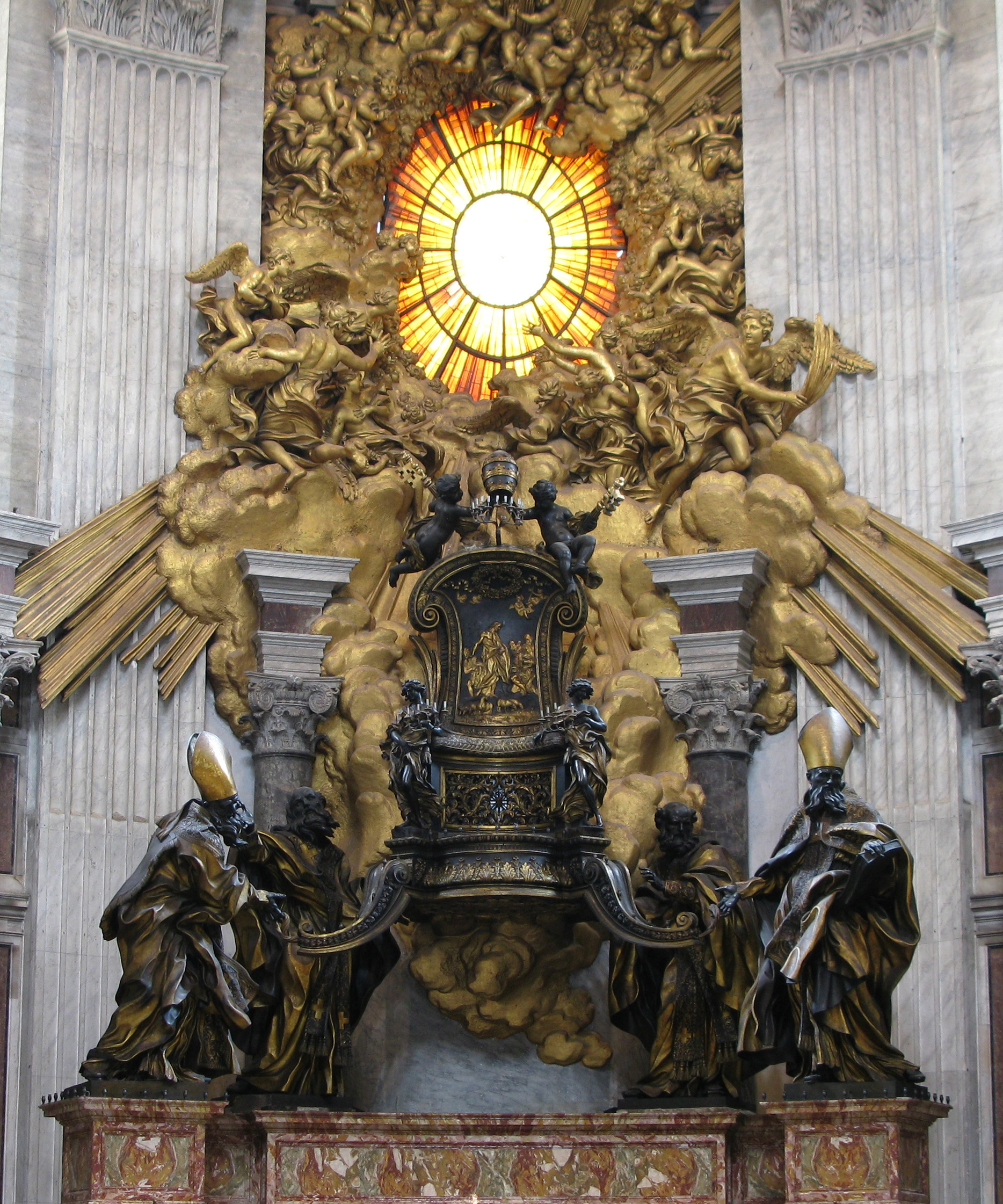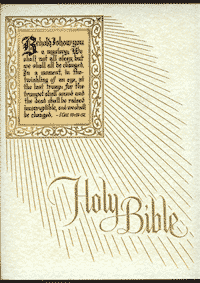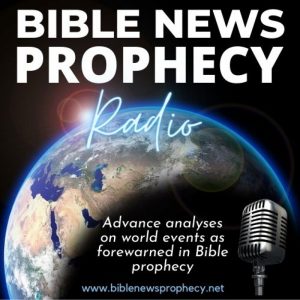In search of Thyatira of Revelation 2
Tuesday, January 4th, 2022
COGwriter Peering into Ancient Thyatira (2008)
Have you heard about the Church of God in Thyatira?
In Revelation 2, Jesus said:
18 “And to the angel of the church in Thyatira write,
‘These things says the Son of God, who has eyes like a flame of fire, and His feet like fine brass: 19 “I know your works, love, service, faith, and your patience; and as for your works, the last are more than the first. 20 Nevertheless I have a few things against you, because you allow that woman Jezebel, who calls herself a prophetess, to teach and seduce My servants to commit sexual immorality and eat things sacrificed to idols. 21 And I gave her time to repent of her sexual immorality, and she did not repent. 22 Indeed I will cast her into a sickbed, and those who commit adultery with her into great tribulation, unless they repent of their deeds. 23 I will kill her children with death, and all the churches shall know that I am He who searches the minds and hearts. And I will give to each one of you according to your works.
24 “Now to you I say, and to the rest in Thyatira, as many as do not have this doctrine, who have not known the depths of Satan, as they say, I will put on you no other burden. 25 But hold fast what you have till I come. 26 And he who overcomes, and keeps My works until the end, to him I will give power over the nations —
27 ‘He shall rule them with a rod of iron; They shall be dashed to pieces like the potter’s vessels’ —
as I also have received from My Father; 28 and I will give him the morning star.
29 “He who has an ear, let him hear what the Spirit says to the churches.”‘ (Revelation 2:18-29).
This era of the Church of God was predominant circa 1050 A.D. to circa 1600 A.D. Some of the Catholic Inquisitors reported about some of their doctrines.
Because of the portion bolded above, some, including the late evangelist John Ogwyn who discussed this with me, have felt that some of the Thyatira remnant would be around until Jesus Christ returns. And I share that view and he encouraged me years ago to search for that remnant. Also, my wife and I later actually visited ancient Thyatira (which is located in the nation of Turkey).
It is of note that it was only to Thyatira (Revelation 2:25) and to Philadelphia (3:11) that Jesus said to “hold fast what you have.” So this got me to consider that perhaps both groups were possibly being told to “hold fast” to many of the same things–but it is also interesting to see that Thyatirans are threatened with the Great Tribulation (2:22).
They might be those that are still in (or supportive of) the Grace Communion International (or some other COG group that accepted apostasy) who claim that since they personally hold fast to keeping the Sabbath and Holy Days, avoid unclean meats, and the other doctrines of the Thyatira COG. Instead of placing their top priority on proclaiming the gospel, they also seem to believe that their major work is to be faithful to doctrines personally while at the same time supporting those who know the depth of Satan.
We know these people truly cannot be the faithful remnant of the Philadelphia portion of the COG as they fail to respond to at least one of the truths that Herbert Armstrong claimed God used him to restore to that era, “And how in Revelation 18:4 that God has called us out from among them, to be separate” (Armstrong HW. Mission of the Philadelphia Church Era. Sermon, December 17, 1983); because instead of leaving spiritual Babylon and becoming separate, they publicly insist that they must remain faithful to the renamed WCG corporation until it puts them out (and even then, they still claim that organization is ‘God’s True Church’).
It may be of interest to note that this remnant may have been spiritually born about the same time that a possible last physical location of Thyatira (Bozod-Ujfalu) was destroyed. They are spiritually like weavers as they weave together (and apart) spiritual truth and error. Interestingly, the old Worldwide Church of God was renamed Grace Communion International under the leadership of a man whose last name, Tkach, according to an online English-Ukraine dictionary, means weaver. He is still the chairman of the board of GCI. Thyatirans seem to have compromised organizationally as well as misunderstanding the work.
In the remainder of this post, I would like to focus on some Thyatira doctrines and the Inquisition.
The Catholic Encyclopedia notes this about one of its inquisitors:
Bernard Guidonis
Inquisitor of Toulouse against the Albigenses and Bishop of Lodève, b. at Royères (Limousin) in 1261, d. at Lauroux (Hérault), 30 December, 1331. He was one of the most prolific writers of the Middle Ages (De Moreira M. Transcribed by Albert Judy, O.P. Bernard Guidonis. The Catholic Encyclopedia, Volume II. Published 1907. New York: Robert Appleton Company. Nihil Obstat, 1907. Remy Lafort, S.T.D., Censor. Imprimatur. +John M. Farley, Archbishop of New York).
Here are some of the beliefs he found that those he persecuted held:
Nevertheless, attention should be called to the fact that among the Beguins are found some who know, accept and believe many or all of the errors listed below. These are more steeped and hardened in them. Others can say less about these errors yet are sometimes found to be worse in holding and believing them than are others. Still others have heard or remember less and yield to valid reason and saner counsel. Others obstinately persist and refuse to recant, choosing to die rather than abjure their errors, saying that in this matter they defend the gospel truth, the life of Christ, and evangelical and apostolic poverty…
Again, they say that the prelates and inquisitors who judged and condemned them as heretics – and indeed all those who consented or now consent knowingly to their condemnations – have by this action become heretics (if they persevere in it), and by this action have lost the ecclesiastical power to bind, loose and administer the ecclesiastical sacraments…
Again, they say that prelates and members of religious orders whose clothing is too abundant or too costly violate gospel perfection and Christ’s precept, according instead with the precept of Antichrist. Such clerics who go around in pompous fashion are of the family of Antichrist…
Again, they say they are not required to take oaths, nor should they be made to reveal under oath the names of their fellow believers, accomplices and associates, because, as they say, this would violate the command to love one’s neighbor and would on the contrary injure one’s neighbor…
they say the carnal church (by which they mean the Roman church as it exists, not only in the city of Rome, but throughout the whole area under Roman jurisdiction) is Babylon, the great whore of whom John spoke in the Apocalypse. Thus they apply these passages to the Roman Church and attribute to the church all the evil things written there, such as that it is drunk with the blood of the martyrs of Jesus Christ…
Again, they distinguish between two churches, the carnal church which they say is the Roman church which contains the multitude of rebrobate, and the spiritual church which contains those people they describe as spiritual and evangelical, who emulate the life of Christ and the apostles. They say the latter is their church…
Again, some of them claim that on those elect spiritual and evangelical individuals through whom a spiritual and benign church will be founded in the seventh and last period, the Holy Spirit will be poured out in greater or at least in equal abundance as on the apostles, the disciples of Jesus Christ, on the day of Pentecost during the time of the primitive church. And they say the Holy Spirit will descend on them like a fiery flame in a furnace, and they take this to mean that, not only will their souls be filled with the Holy Spirit, but the Holy Spirit will live in their bodies as well.
Again, they claim that there is a double Antichrist, one spiritual or mystical and the other the real, greater Antichrist…
Again, they say that both in the time of persecution by Antichrist and in that of the aforesaid war carnal Christians will be so afflicted that, despairing, they will say, “If Christ were God, he would not permit Christians to suffer so much and such intense evil.” Thus despairing, they will apostacize from the faith and die. But God will hide the elect spiritual individuals so that they cannot be found by Antichrist and his ministers. Then the church will be reduced to the same size as the primitive church when it was first founded…
Again, they say that after Antichrist’s death these spiritual individuals will convert the entire world to the faith of Christ; and the whole world will be so good and benign that there will be no malice or sin in people of that period, except perhaps for venial sins in a few of them; and all things will be common as far as use is concerned; and there will be no one who offends anyone else or encourages another to sin. For there will be the greatest love among them, and there will be one flock and one pastor. According to some of them this period and condition will last for one hundred years. Then, as love fails, malice will creep back in and slowly increase until Christ is, as it were, compelled to come in universal judgment because of it.
Again, these insane heretics seriously and ignominiously rail against the Lord Pope, the vicar of Jesus Christ, calling him the mystical Antichrist, precursor of the greater Antichrist, preparing the way for his life (Bernard Gui: Inquisitor’s Manual, Chapter 5. Translated by David Burr, History Department, Virginia Tech, Blacksburg, VA. http://phi.kenyon.edu/Projects/Margin/inquisit.htm 04/09/07).
It should be pointed out that perhaps the Inquisitor slightly confused the millennium, the first part of it (happening after the death of Antichrist), with the 100 years which happens afterwards.
It should also be pointed out that Albigneses and Waldenses were sometimes arrested with the Beguins. Now while most that were killed in the Inquisition were not in the Church of God, nor were the Franciscan Beguins, it is obvious that Church of God doctrines such as that ministers should not dress like the Roman clerics, Christians are not to swear oaths, and that God will offer salvation to all, were clearly condemned by the Roman Catholics during the time of Thyatira.
As far as a spiritual or mystic antichrist and a later one, that is consistent with what the Apostle John taught in 1 John 2:18 (more on this can be found in the article Some Doctrines of Antichrist).
Furthermore, the same inquisitor claimed the following about the Albigenses:
In the first place, they usually say of themselves that they are good Christians, who do not swear, or lie, or speak evil of others; that they do not kill any man or animal, nor anything having the breath of life, and that they hold the faith of the Lord Jesus Christ and his gospel as the apostles taught. They assert that they occupy the place of the apostles, and that, on account of the above-mentioned things, they of the Roman Church, namely the prelates, clerks, and monks, and especially the inquisitors of heresy persecute them and call them heretics, although they are good men and good Christians, and that they are persecuted just as Christ and his apostles were by the Pharisees.
Moreover they talk to the laity of the evil lives of the clerks and prelates of the Roman Church, pointing out and setting forth their pride, cupidity, avarice, and uncleanness of life, and such other evils as they know. They invoke with their own interpretation and according to their abilities the authority of the Gospels and the Epistles against the condition of the prelates, churchmen, and monks, whom they call Pharisees and false prophets, who say, but do no.
Then they attack and vituperate, in turn, all the sacraments of the Church, especially the sacrament of the eucharist, saying that it cannot contain the body of Christ, for had this been as great as the largest mountain Christians would have entirely consumed it before this. They assert that the host comes from straw, that it passes through the tails of horses, to wit, when the flour is cleaned by a sieve (of horse hair); that, moreover, it passes through the body and comes to a vile end, which, they say, could not happen if God were in it.
Of baptism, they assert that the water is material and corruptible and is therefore the creation of the evil power, and cannot sanctify the soul, but that the churchmen sell this water out of avarice, just as they sell earth for the burial of the dead, and oil to the sick when they anoint them, and as: they sell the confession of sins as made to the priests.
Hence they claim that confession made to the priests of, the Roman Church is useless, and that, since the priests may be sinners, they cannot loose nor bind, and, being unclean in themselves, cannot make others clean. They assert, moreover, that the cross of Christ should not be adored or venerated, because, as they urge, no one would venerate or adore the gallows upon which a father, relative, or friend had been hung. They urge, further, that they who adore the cross ought, for similar reasons, to worship all thorns and lances, because as Christ’s body was on the cross during the passion, so was the crown of thorns on his head and the soldier’s lance in his side, They proclaim many other scandalous things in regard to the sacraments.
Moreover they read from the Gospels and the Epistles in the vulgar tongue, applying and expounding them in their favor and against the condition of the Roman Church in a manner which it would take too long to describe in detail; but all that relates to this subject may be read more fully in the books they have written and infected, and may be learned from the confessions of such of their followers as have been converted. (From the Inquisitor’s Manual of Bernard Gui [d.1331], early 14th century, translated in J. H. Robinson, Readings in European History, (Boston: Ginn, 1905), pp. 381-383, http://essenes.crosswinds.net/albe.html 05/27/07).
I will simply state that we in the Continuing Church of God consider ourselves to be true Christians, do not swear, do not kill any man, do consider inquisitors as non-Christians, do not consider that the “Eucharist” is the actual flesh of Christ, oppose the selling of sacraments, do not believe priests can forgive sin, do not revere instruments of death like the cross, do normally read the Bible in the Vulgar tongue (which is English in my case), and that we hold the faith of the Lord Jesus Christ and His gospel as the apostles taught (this latter point is shown fairly clearly in the article Which Is Faithful: The Roman Catholic Church or the Continuing Church of God?).
And as the inquisitor’s accounts show, our positions were also held in the Middle Ages (for documentation that our views have been held since the beginning of the Church age, please go to the History of Early Christianity page).
The following might be of interest to some:
Thyatira Era Begins The pope in 1096 described the Valley Louise in Dauphiny, France, as infested with “heresy.” It was a result of Paulician and Bogomil evangelization of the Alpine regions. About 1104, a man from this valley, called Peter of Bruys, began at Embrun to preach REPENTANCE throughout Languedoc and Provence…One of the definitions of the Greek word Thyatira is “sweet savor of contrition,” in other words, “real repentance.” Peter of Bruys taught that infant baptism was useless. He only baptized persons old enough to know and mean what they were doing — that is, only AFTER REAL REPENTANCE. He further rejected the Catholic MYSTERY teaching that the priest in the Mass produced the literal flesh of Christ. He opposed reverence for crosses, emphasis on huge church edifices, the fable of purgatory, prayers for the dead with their inevitable heavy bribes paid to the greedy religious leaders who falsely claimed to represent God. Converted followers gathered around Peter of Bruys. God’s Church was beginning again to do a Work. Freed from the errors of Cathars and Catholics, a spiritual gospel was once again being widely preached. The numbers of truly converted — those led by the Holy Spirit — multiplied. They kept God’s Sabbath. For “nearly twenty years” Peter preached. Then the false church would no longer stand for this open rejection of its authority. He was taken and burned alive at the stake…
The Waldenses recognized that they were the true successors of the apostolic church. They kept the SABBATH, also the yearly PASSOVER. And each September or October (in God’s seventh month — see Lev. 23), they held at the headquarters church a great “conference.” As many as 700 persons attended from afar. New students were chosen, ministerial assignments were made, AND CROWDS GATHERED DAILY TO LISTEN TO SERMONS. What could this gathering have been but the Feast of Tabernacles! Under the name of Passagini, we have the clearest sort of statement that these people, about 1200, observed the whole Old Testament law, including the Sabbath and FESTIVALS! People called Cathars at Cologne, Germany, kept a fall festival, called “Malilosa”, even before Waldo began to preach. Compare this unexplained name with Hebrew “melilah” (a harvested ear of grain — Strong’s Exhaustive Concordance) and the Biblical title “Feast of Ingathering” (Ex. 23:16). How much more we might have known about these Middle Ages’ Feasts of Tabernacles had not the Inquisitors so zealously burned the records! The three-part division of tithes paid the Waldensian Church is significant. Even in the 1500’s the same division continued. “The money given us by the people is carried to the aforesaid general council, and is delivered in the presence of all, and there it is received by the most ancients (the elders), and part thereof is given to those that are wayfaring men, according to their necessities, and part unto the poor” (George Morel, Waldensian elder, quoted by Lennard, “History of the Waldenses”). 1. Compare this practice with Num. 18:21 and Deut. 14:22-25, 28-29. Isn’t it exactly what the Bible commands?… Most authors have ASSUMED the “wayfaring men” were the traveling “barbel.” But THEIR expenses would have been paid from the money given the elders, at EVERY time of year, for the direct conduct of the Work — “first” tithe and offerings. Notice that in Numbers 18:21. What Morel then mentions is a “second” tithe, for those traveling to and from the festivals — wayfaring men; and following it, the “third” to the poor. See the explanation in Deut. 14. Feast goers who had more “second tithe” than they needed shared their excess with those who had need, even as they do today! (LESSON 51 (1968) AMBASSADOR COLLEGE BIBLE CORRESPONDENCE COURSE “And the woman fled into the wilderness, where she hath a place …” Rev. 12:6).
Because those of Thyatira would have not kept the Greco-Roman holidays and would have tended towards the biblical holy days, this would be another reason that they would have been subject to persecutions (see also Persecutions by Church and State).
(As far as the geographic area of Thyatira, it is part of a Turkish city called Akhisar.)
Some items of related interest may include:
In Search of Thyatira This era was predominant circa 1050 A.D. to circa 1600 A.D. The Church during the Inquisition. Here is a link to a related sermon: Thyatira, Succession, and Jezebel.
The Spanish Inquisition and Early Protestant Persecutions Was the Church of Rome really responsible for this? What happened? A video of related interest is titled: The Past and Future Inquisition.
Persecutions by Church and State This article documents some that have occurred against those associated with the COGs and some prophesied to occur. Will those with the cross be the persecutors or the persecuted–this article has the shocking answer. There is also a YouTube video sermon you can watch: The Coming Persecution of the Church. Here is information in the Spanish language: Persecuciones de la Iglesia y el Estado.
Joyce’s Photos of Thyatira Thyatira is the fourth of the seven churches listed in the Book of Revelation. Here some photos of our visit there.
The History of Early Christianity Are you aware that what most people believe is not what truly happened to the true Christian church? Do you know where the early church was based? Do you know what were the doctrines of the early church? Is your faith really based upon the truth or compromise?
Continuing History of the Church of God This pdf booklet is a historical overview of the true Church of God and some of its main opponents from Acts 2 to the 21st century. Related sermon links include Continuing History of the Church of God: c. 31 to c. 300 A.D. and Continuing History of the Church of God: 4th-16th Centuries and Continuing History of the Church of God: 17th-20th Centuries. The booklet is available in Spanish: Continuación de la Historia de la Iglesia de Dios, German: Kontinuierliche Geschichte der Kirche Gottes, French: L’Histoire Continue de l’Église de Dieu and Ekegusii Omogano Bw’ekanisa Ya Nyasae Egendererete.
News Articles Related to Church History This link is to articles on Church history that were once published on the COG News Page.
ChurchHistoryBook.com This is a URL with some information on Church History.
The Churches of Revelation 2 & 3 Do they matter? Most say they must, but act like they do not. This article contains some history about the Church of God (sometimes referred to as the continuation of Primitive Christianity) over the past 2000 years. It also discusses the concept of church eras. There is also a YouTube video: The Seven Church Eras of Revelation.
What Do Roman Catholic Scholars Actually Teach About Early Church History? Although most believe that the Roman Catholic Church history teaches an unbroken line of succession of bishops beginning with Peter, with stories about most of them, Roman Catholic scholars know the truth of this matter. This eye-opening article is a must-read for any who really wants to know what Roman Catholic history actually admits about the early church.
Nazarene Christianity: Were the Original Christians Nazarenes? Should Christians be Nazarenes today? What were the practices of the Nazarenes.
Location of the Early Church: Another Look at Ephesus, Smyrna, and Rome What actually happened to the primitive Church? And did the Bible tell about this in advance?
Apostolic Succession What really happened? Did structure and beliefs change? Are many of the widely-held current understandings of this even possible? Did you know that Catholic scholars really do not believe that several of the claimed “apostolic sees” of the Orthodox have apostolic succession–despite the fact that the current pontiff himself seems to wish to ignore this view? Is there actually a true church that has ties to any of the apostles that is not part of the Catholic or Orthodox churches? Read this article if you truly are interested in the truth on this matter! Here is a version in the Spanish language La sucesión apostólica. ¿Ocurrió en Roma, Alejandría, Constantinopla, Antioquía, Jerusalén o Asia Menor?
Early Church History: Who Were the Two Major Groups Professed Christ in the Second and Third Centuries? Did you know that many in the second and third centuries felt that there were two major, and separate, professing Christian groups in the second century, but that those in the majority churches tend to now blend the groups together and claim “saints” from both? “Saints” that condemn some of their current beliefs. Who are the two groups?
Do You Practice Mithraism? Many practices and doctrines that mainstream so-called Christian groups have are the same or similar to those of the sun-god Mithras. December 25th was celebrated as his birthday. Do you follow Mithraism combined with the Bible or original Christianity? A sermon video from Vatican City is titled Church of Rome, Mithras, and Isis?
The Churches of Revelation 2 & 3 from 31 A.D. to present: information on all of the seven churches of Revelation 2 & 3.
1. The Ephesus Church Era was predominant from 31 A.D. to circa 135 A.D. The Church of James, Peter, Paul, and John, etc. Here is a link to a related video sermon: Ephesus Church Era.
2. The Smyrna Church Era was predominant circa 135 A.D. to circa 450 A.D. The Church led by Polycarp, Melito, Polycrates, etc.Here is a link to a related video sermon: The Smyrna Church Era.
3. The Pergamos Church Era was predominant circa 450 A.D. to circa 1050 A.D. An especially persecuted Church. Here is a link to a related sermon video: Pergamos Era and the Antichrist.
4. The Thyatira Church Era was predominant circa 1050 A.D. to circa 1600 A.D. The Church during the Inquisition. It claimed succession from the apostles. Here is a link to a related sermon: Thyatira, Succession, and Jezebel.
5. The Sardis Church Era was predominant circa 1600 A.D. to circa 1933 A.D. Discusses some early history of the Seventh Day Baptists, Seventh-day Adventists, CG7-Salem, Jerusalem 7DCG, and COG-7th Day-Denver. Here are two historical sermons: Sardis Church Era: Beginnings, Doctrines, and Leaders and Sardis: SDBs, SDAs, & CG7s.
6. The Philadelphia Church Era was predominant circa 1933 A.D. to 1986 A.D. The old Radio Church of God and old Worldwide Church of God, now the remnant of that era is basically the most faithful in the Church of God, like who hold to the beliefs and practices of the Continuing Church of God.
7. The Laodicean Church Era has been predominant circa 1986 A.D. to present. The Laodiceans are non-Philadelphians who mainly descended from the old WCG or its offshoots. They do not properly understand the work or biblical prophecies and will face the Great Tribulation if they do not repent. One video of related interest is 17 Laodicean Errors in Prophecy. See also Do You Hold to Any of These Laodicean Prophetic Errors?
When Will the Great Tribulation Begin? 2022, 2023, or 2024? Can the Great Tribulation begin today? What happens before the Great Tribulation in the “beginning of sorrows”? What happens in the Great Tribulation and the Day of the Lord? Is this the time of the Gentiles? When is the earliest that the Great Tribulation can begin? What is the Day of the Lord? Who are the 144,000? A related video is: Great Tribulation: 2026 or 2027?
Where is the True Christian Church Today? This free online pdf booklet answers that question and includes 18 proofs, clues, and signs to identify the true vs. false Christian church. Plus 7 proofs, clues, and signs to help identify Laodicean churches. A related sermon is also available: Where is the True Christian Church? Here is a link to the booklet in the Spanish language: ¿Dónde está la verdadera Iglesia cristiana de hoy? Here is a link in the German language: WO IST DIE WAHRE CHRISTLICHE KIRCHE HEUTE? Here is a link in the French language: Où est la vraie Église Chrétienne aujourd’hui?
